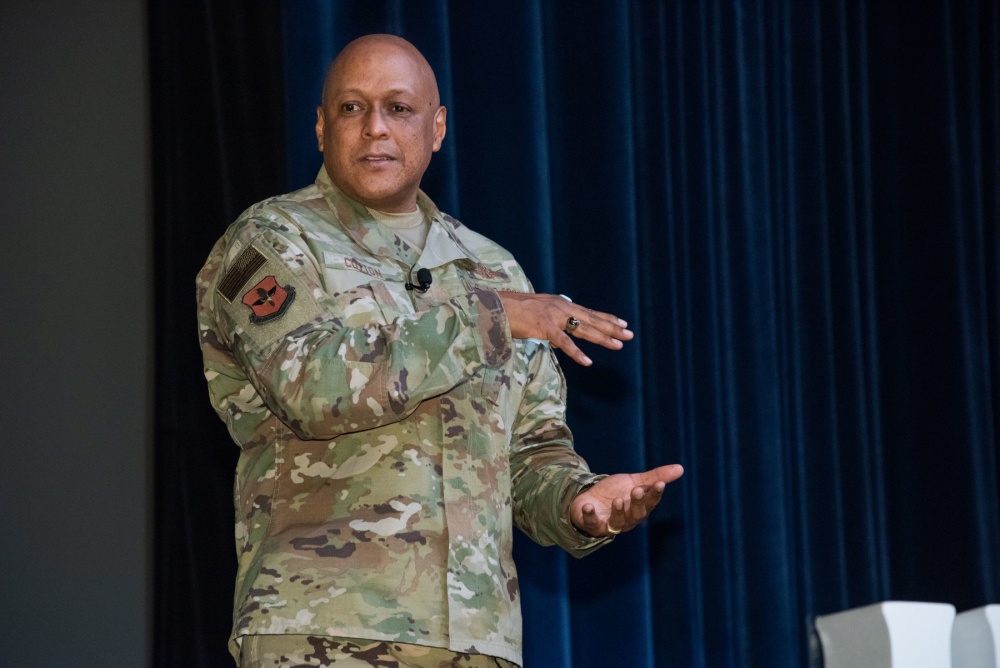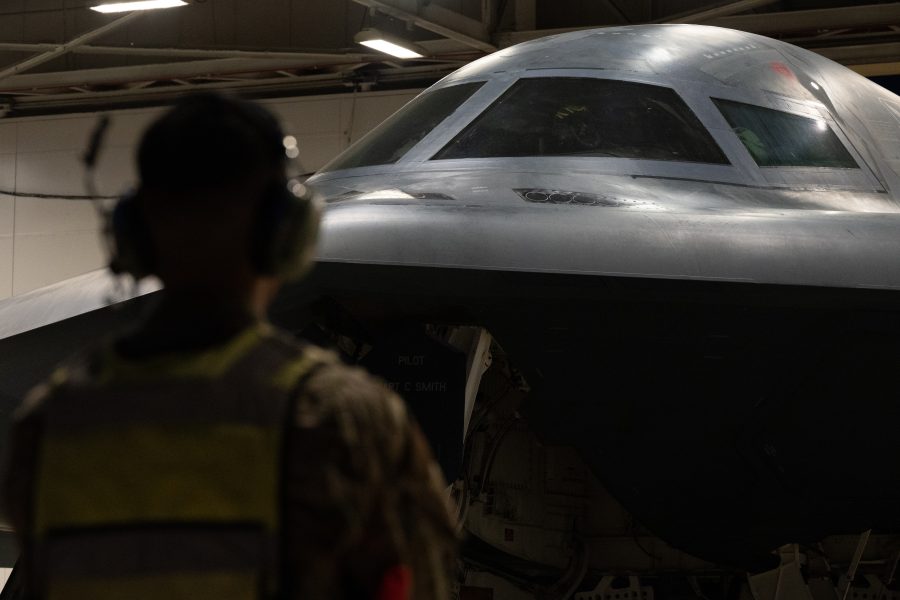OMAHA, Neb.—The U.S. Air Force’s Bomber Task Forces have become an increasingly important way of reassuring allies who depend on the American nuclear umbrella, as well as a major tool for power projection, the head of America’s strategic forces said Aug. 16.
“It seems as though everyone likes to have a bomber in their region,” Air Force Gen. Anthony J. Cotton told reporters at U.S. Strategic Command’s annual deterrence symposium. “It shows our resolve in showing that extended deterrence is alive and well when it comes to the United States.”
China’s growing nuclear arsenal, North Korea’s burgeoning nuclear program, and Russia’s nuclear modernization program have worried the U.S.’s non-nuclear allies who depend on Washington for their protection.
The U.S. has relied in part on diplomacy to try to assuage those fears. In April, for example, South Korea President Yoon Suk Yeol concluded an accord with President Joe Biden that reaffirmed that the U.S. is prepared to use nuclear weapons to defend South Korea. In return, Seoul restated its commitment not to develop its own nuclear arsenal.
But Bomber Task Force deployments, which can last weeks or even months, use just a few aircraft to provide a tangible reminder of America’s security commitments.
B-2s from Whiteman Air Force Base, Mo., recently embarked on their first overseas mission since a roughly six-month safety pause that ended earlier this summer, deploying to Iceland and already flying over the Arctic Ocean. Meanwhile, B-1s deployed to Europe this summer, flying from the Baltics to the Balkans and firing a JASSM long-range cruise missile on a range in the Middle East.
The B-52s, which are over 60 years old, operated out of Indonesia for the first time in June, and are currently deployed to Andersen Air Force Base, Guam.
“It shows that while we’re going to have legacy systems, the readiness of those legacy systems is alive and well,” Cotton said.
Last month, the U.S. had B-1s and B-52s in the Indo-Pacific at the same time on different Bomber Task Force missions.
“In terms of our allies and partners, let’s not forget, it’s not just about the nuclear umbrella, the extended deterrence umbrella, it’s about the conventional capability that this nation wields,” said Air Force Maj. Gen. John Nichols, the director of operations for STRATCOM. “I define it as showing up at a time and place of our choosing, when we want to, how we want to, in good coordination with our allies, and in the geographic combatant commands to maximize the effect.”
Bomber Task Forces, which began in 2018, have replaced permanently deployed bombers overseas and have been held up by Pentagon officials as a way to operate with more flexibility while being less predictable.
“The number of bombers that we’ve had actively out on Bomber Task Force missions across the globe is extraordinary—over a dozen at one point in time, almost every geographic combatant commander was being affected,” Nichols said.
“It shows the strategic reach that we have,” Cotton added.

